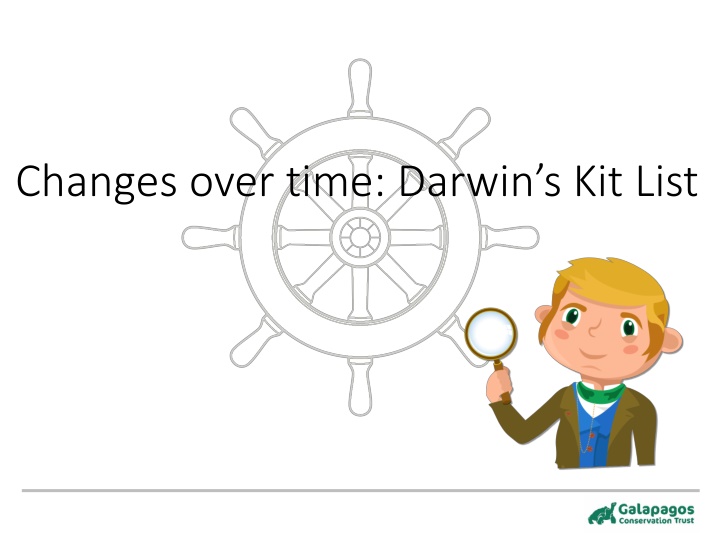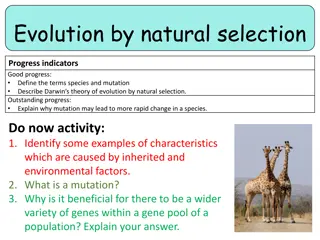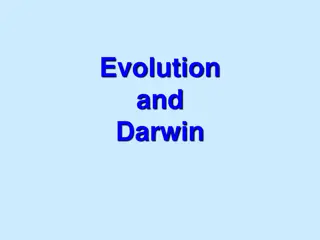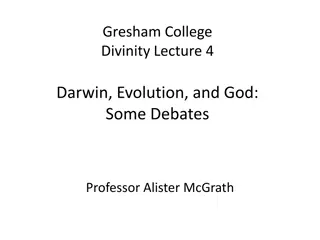Changes over Time: Darwin's Kit List
Charles Darwin, the ship's naturalist, collected numerous species during his explorations. He meticulously described and preserved specimens, using various equipment. Today, technology has revolutionized research methods, with electron microscopes and digital tools enhancing scientific capabilities. This evolution highlights the contrast between Darwin's time-consuming research process and the instant access to information enabled by modern technology.
Download Presentation

Please find below an Image/Link to download the presentation.
The content on the website is provided AS IS for your information and personal use only. It may not be sold, licensed, or shared on other websites without obtaining consent from the author.If you encounter any issues during the download, it is possible that the publisher has removed the file from their server.
You are allowed to download the files provided on this website for personal or commercial use, subject to the condition that they are used lawfully. All files are the property of their respective owners.
The content on the website is provided AS IS for your information and personal use only. It may not be sold, licensed, or shared on other websites without obtaining consent from the author.
E N D
Presentation Transcript
Charles was the ships naturalist area. He was probably quite happy to be on dry land for a while, as he got very seasick! Charles captured and collected endless species. He was fascinated by what he saw and wrote many detailed descriptions with illustrations. Some he preserved in special liquid in jars to be studied later. Other specimens were stored in barrels and crates that were sent back to the UK. naturalist. Each time the ship docked he would explore and investigate the local Some specimens even landed up as supper! One story tells how Darwin and his crew were feasting on a particularly tasty bird when half-way through the meal he realised it was a new species and quickly rescued any bits of bone that remained! Darwin shared the poop deck cabin with two other crew members. It measured only 3 x 3.5 metres and contained a library, instrument stand and a large chart table in the middle. It was here that Darwin studied and preserved specimens, wrote letters and notes and rested in his hammock during the bouts of sea-sickness.
Challenge task! What equipment would he have needed to carry out his research? Discuss with your learning partner and share your ideas. Have a look at the images of his kit list on your worksheets and decide what each item is and what it would be used for. hand lens microscope telescope storage jars and preserving liquid card labels notebook and pencils / pens taxidermy book reference books storage crates boards and pins clinometer plankton nets Have a look at the answers. How accurate were your ideas? Are there any you find tricky? Which pieces of equipment do you think we still use now? How do you think these pieces of equipment have changed over time?
The development and power of technology as a research tool has increased rapidly. Scientists have replaced light microscopes with powerful electron microscopes that can magnify specimens up to 10,000,000x! Whilst scientists still make notes in the field using pen and paper, they can share thoughts and findings instantly by e-mail and social media throughout the world. Darwin would have to wait weeks, sometimes months for his letters to be carried by ship. There were no telephones or internet for rapid communication. Now information can be found instantly using internet search engines like Google, rather than relying on searching through large reference books such as those that filled Darwin s shelves. Digital technology is even used for preserving species. Many plant and seed samples that were preserved and mounted on sheets of paper and card are now being digitised and are accessible online to anyone in the world that wants to see them.























